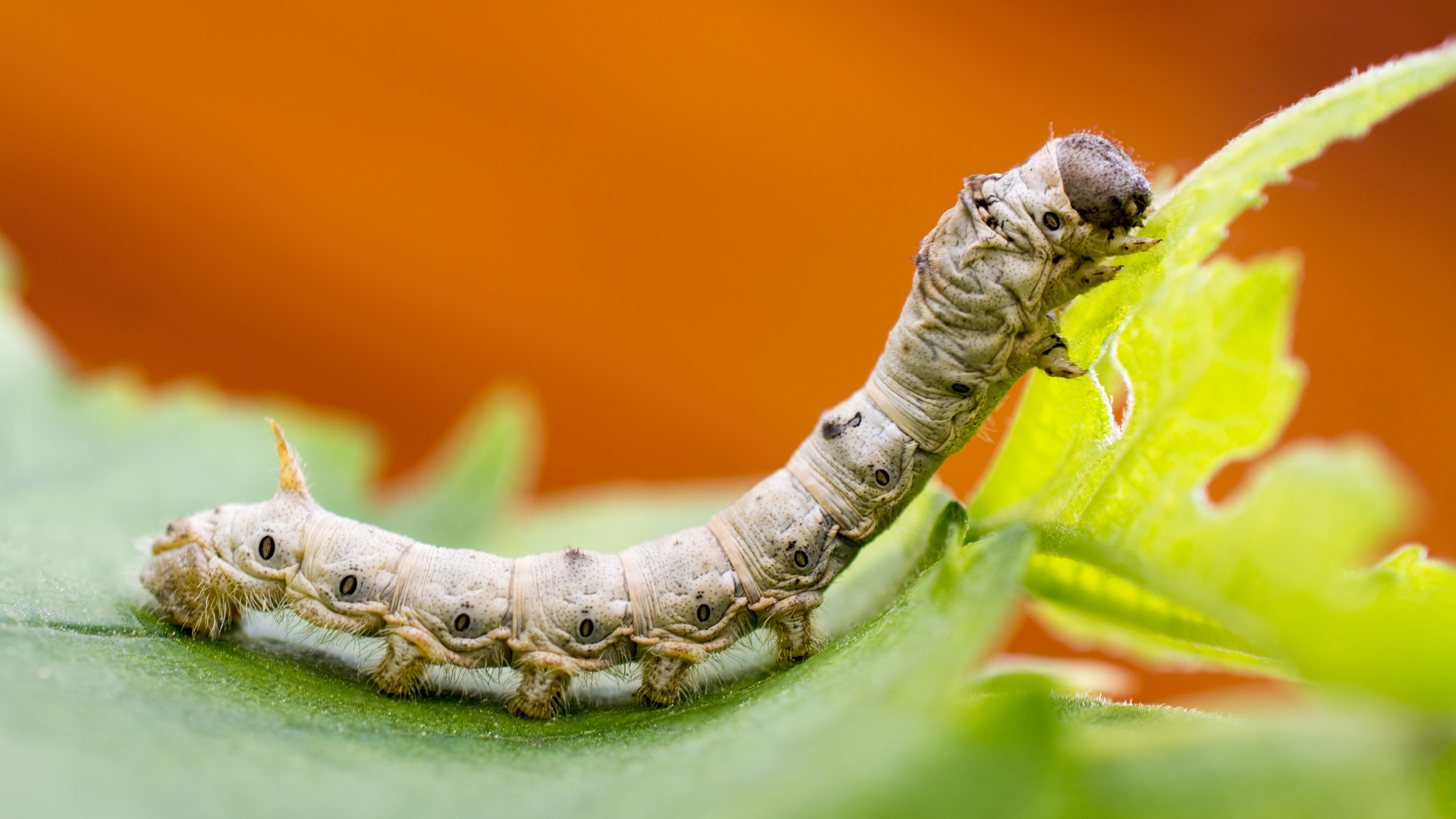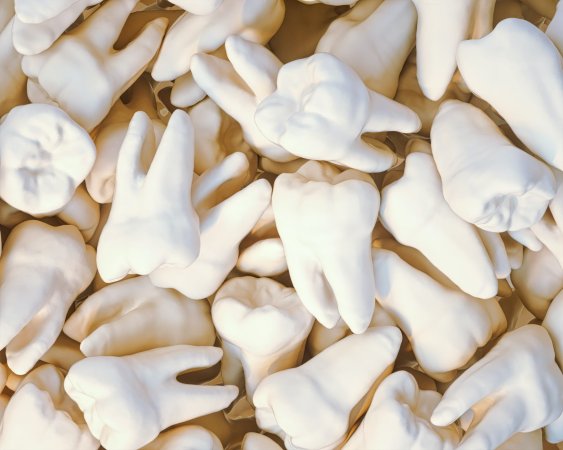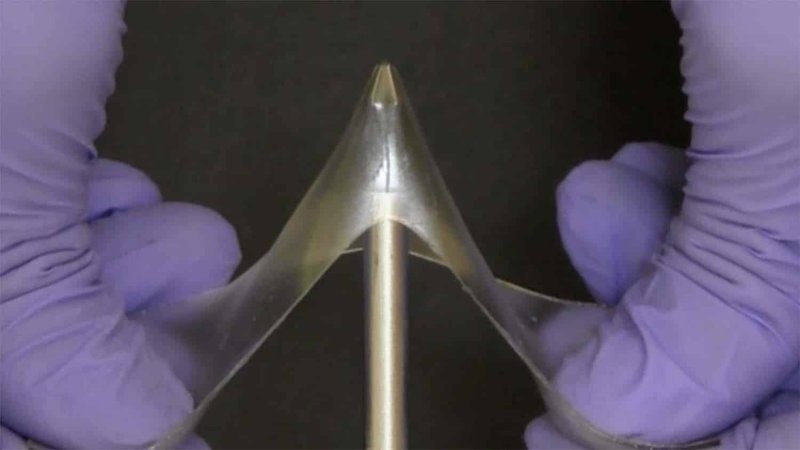

Worm spit, aka silk, has inspired a relatively simple, new process of nanofiber weaving that could advance everything from wound bandages to flexible electronics.
As unappealing as it may all sound, the popular, luxurious fabric indeed stems from a two-protein compound secreted by its namesake worm, which uses its threads to help weave cocoons. However, a team of Chinese researchers have also found that—apart from expensive sheets—humans can produce far more uniform micro- and nanofibers by imitating silkworms’ head movements as they secrete, pull, and weave their silk.
[Related: How researchers leveled up worm silk to be tougher than a spider’s.]
The group recently showcased their work in a new paper published with the American Chemical Society’s journal, Nano Letters. At first, researchers poked microneedles into foam blocks soaked in a polyethylene oxide solution, then pulled the needs away via a procedure known as microadhesion-guided (MAG) spinning to create nanofiber filaments that are thousands of times smaller than a single strand of human hair.

Existing nanofiber production methods are either slow and expensive, or otherwise result in inefficient, wadded material. By imitating silkworms’ weaving movement, however, the team found they could create an array of products—pulling the foam blocks straight away from one another offered orderly fibers, while a vibrating retraction crossweaved the material. Twisting the setup gave a similarly shaped “all-in-one” fiber. Regardless of the array, the results proved to clump far less than existing methods.
[Related: Watch this bird-like robot make a graceful landing on its perch.]
Going a step further, however, the team realized that the microneedling step wasn’t actually needed at all—the foam’s abrasive surface was enough to pull apart the polyethylene oxide solution into nanofilaments. It was so simple, in fact, that one can use the foam stretching method to hand-wrap a nanofiber bandage around a person’s wrist. In their experiments, the team utilized an antibiotic fiber to ensure a sterile, bacterial growth-inhibiting dressing that easily washes off with warm water, offering a potential new medical application in the near future.
Turning to the animal world for inspiration consistently offers impressive discoveries and advancements in tech and robotics, whether it’s for weaving, flying, running, or capturing.















